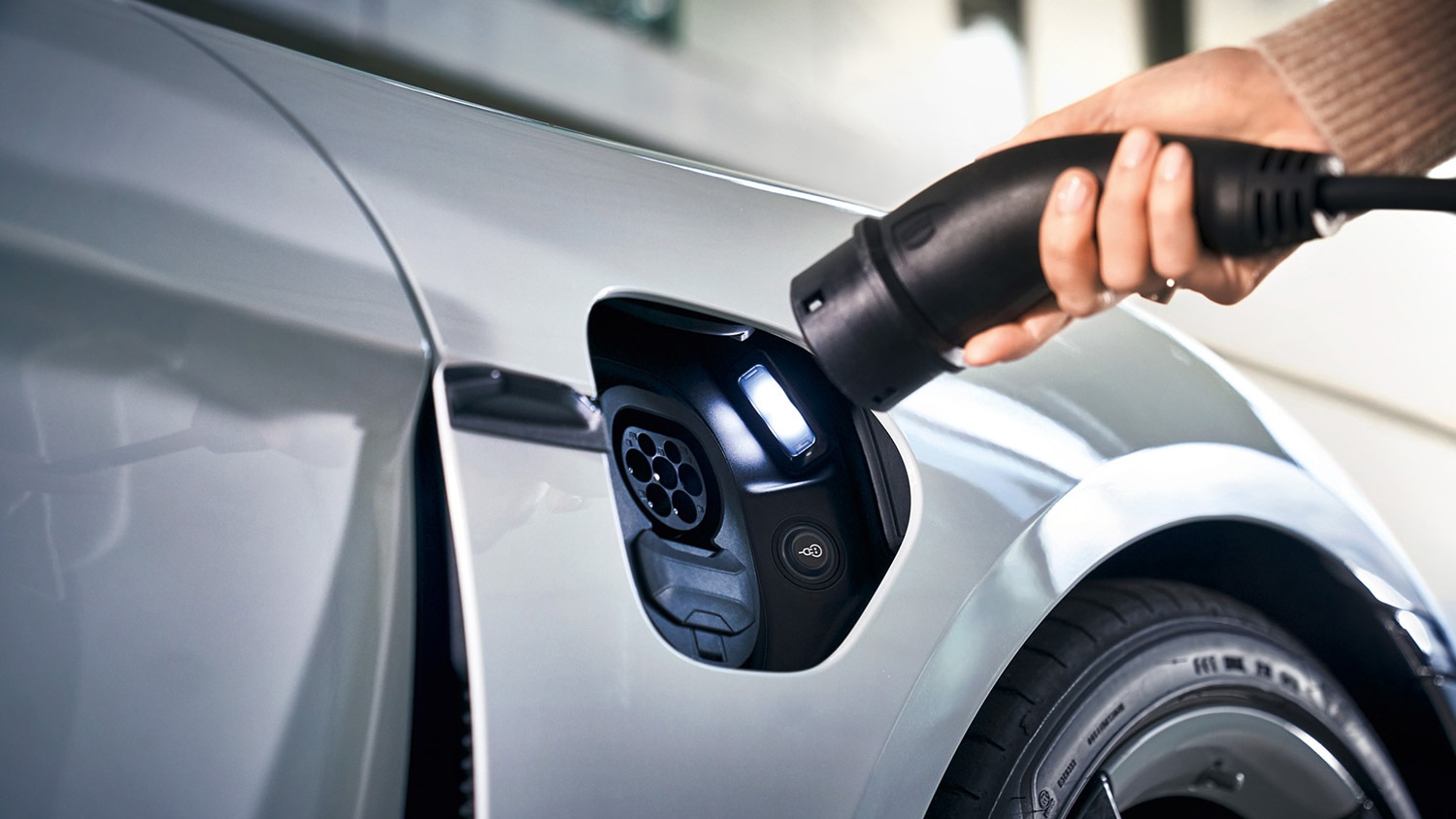What Is Plug & Charge?
This new system aims to make using a public EV charger a one-step process.
 Porsche
Porsche
Plug & Charge is a new communication protocol intended to make public electric vehicle (EV) charging smoother and faster. To auto-industry insiders and the International Organization for Standards, it's known as ISO 15118, and it could make the EV-charging experience easier for many owners.
 Tesla
Tesla
Why Plug & Charge Is Important
Plug & Charge technology allows an EV driver to pull up to any public charging station, plug in, and immediately begin charging their vehicle. The charging station automatically bills the account connected to the vehicle without requiring a card tap or login from the driver.
This process is how Tesla Supercharger stations already work. When Plug & Charge is fully implemented, it should bring that convenience to any brand of EV at public charging stations.
At the time of publication, many public charging companies require customers to create a prepaid account and use a brand-specific smartphone app or ID card to activate their chargers. Drivers who charge with more than one company typically need to keep track of multiple accounts and can't use an unfamiliar brand's chargers without going through a new sign-up process.
Unlike gas stations, most EV chargers lack a credit card slot. Charging companies have said that credit card readers are too vulnerable to hacking and fraud and that adding them to public chargers would be expensive and technologically challenging.
 Ford
Ford
How Plug & Charge Works
ISO 15118 creates a standardized way for EVs to electronically communicate with charging stations via a secure, encrypted digital language. The car identifies itself to the charger as soon as it's plugged in. The charging company verifies this info with the automaker, which supplies billing information set up when the owner bought or leased the car. Individual, family, and corporate billing accounts are all supported.
The process is nearly instant and invisible to the driver. All you need to do is plug in the charging cord. And someday you might not even need to do that: ISO 15118 was designed to work with wireless charging, which may not be far off.
 Ford
Ford
Who Can Use Plug & Charge
The first EVs with Plug & Charge capability began showing up on the U.S. market a couple years ago, and many electric vehicles introduced since then are likely to have Plug & Charge capability built in. The Ford Mustang Mach-E and Porsche Taycan were some of the earliest models to support Plug & Charge.
In 2022, General Motors added the capability to its EV models. BMW began incorporating the standard in 2023, and Mercedes-Benz has started adding the capability to its plug-in hybrid models. All Electrify America DC fast chargers are currently Plug & Charge capable.
The United States doesn't require automakers or charging companies to use Plug & Charge, but both industries appear to be moving toward the standard. After all, range anxiety and sparse charging options are some of the most frequently cited reasons for a reluctance to embrace EVs.
Written by humans.
Edited by humans.
 Bob Sorokanich
Bob SorokanichBob Sorokanich is a car-obsessed journalist and editor who manages to maintain an old Mini Cooper and a love affair with automobiles while living in New York City. When he's not thinking about cars, he's riding his motorcycle, and when he's not riding his motorcycle, he's anticipating his next joy ride.
Related articles
View more related articles